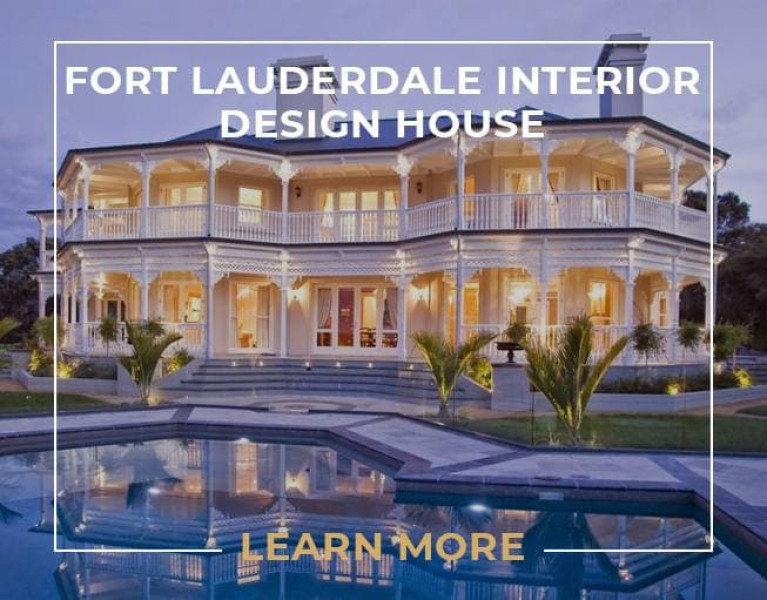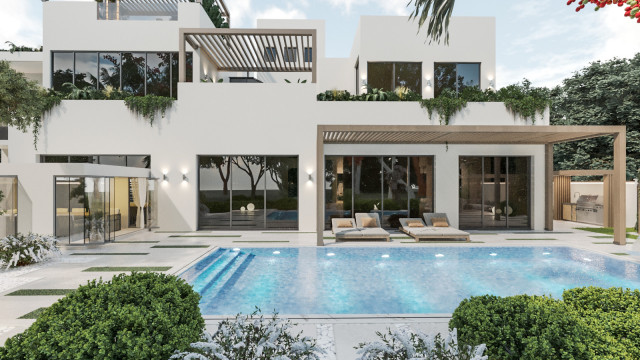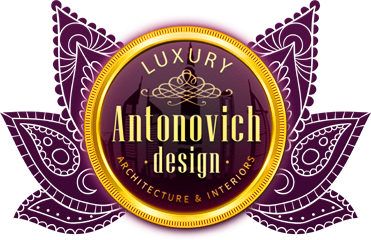GREEN HOME LUXURY INTERIOR
How many modifications have you made to your home's luxury interior during the past year? After spending so much time in one location, the environment you were accustomed to no longer made sense, whether it was a change in the furniture arrangement, a paint job on the walls, the addition of more lighting fixtures, or even the removal of some of them. We may put the blame on the general surroundings for how we've been feeling recently, but the internal environment actually has a significant impact on how we feel or act. It may be because the inside is greener on the other side if you were wondering why certain neighbors look much more unperturbed and calm despite the epidemic. It's quite difficult to go wrong when decorating with green. Almost every hue complements it beautifully. When combined, the psychological effects of each color are enhanced, and your space will constantly make you feel good. Classic and clean is green and white. Black and green are also. In any case, adding a neutral color on each side of the color wheel will make your design sophisticated and enduring. Or, for a contemporary, vivacious appearance, combine all three.

Theoretically, color is produced by the human eye and brain from the light reflected off of an object. Our retinas, which are responsible for the sense of color, have receptors that are sensitive to blue, green, and red (in contrast to cyan, magenta, and yellow, the primary hues of the color wheel). These three hues are combined and varied to provide the well-known visible color spectrum. The psychological experience of the color is then affected by the human brain's creation of a connection between the color it is seeing and the context it is used to seeing it. The study of colors, tints, and how they affect behavior in people is known as color psychology. According to research, colors with longer wavelengths, like yellow, red, and orange, are energizing as opposed to colors with shorter wavelengths, like green and blue, which promote tranquility and quiet. However, due to a variety of circumstances, including cultural distinctions, geographic location, and age, people experience colors in varying ways.

Due to its association with fruitful natural environments where elements like a temperate climate and the availability of food were more favorable for survival, the color green may have a specific meaning in terms of human evolution. Greenness has a special significance since humans have a tendency to travel to and dwell in green, fertile geographic areas of the planet. As a result, the inclination to feel happy in natural surroundings is an inbuilt instinct. The color green is instinctively associated with nature and flora, and one often finds freshness, health, and tranquillity in nature. Green is a hue that is frequently utilized in doctor's offices and waiting rooms since it has been discovered by several psychologists and researchers to be a healing color. Even in media studios, television program guests and interviewers wait in a "green room" to decompress before going on camera. Green has soothing properties in addition to being frequently associated with the idea of "going," as seen on traffic signs and infographics. Top interior designers have come up with a number of methods to incorporate green into interior spaces. Instead of just painting the walls, luxury designers have incorporated natural flora into their designs to bring the outside in and promote well-being, health, and mental comfort.












